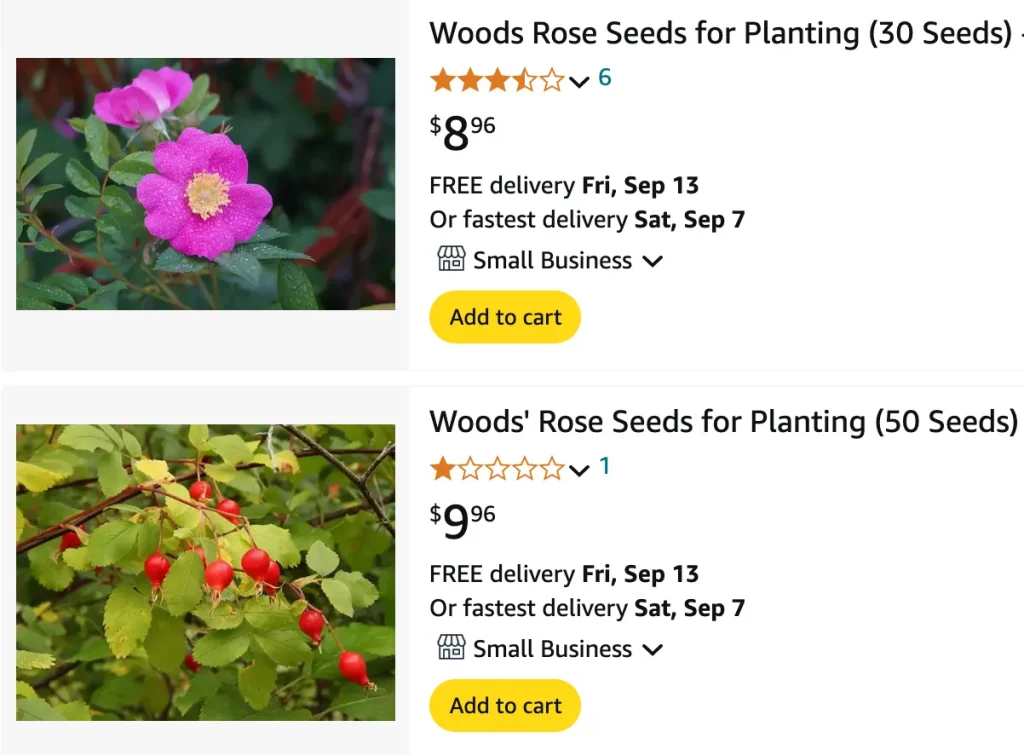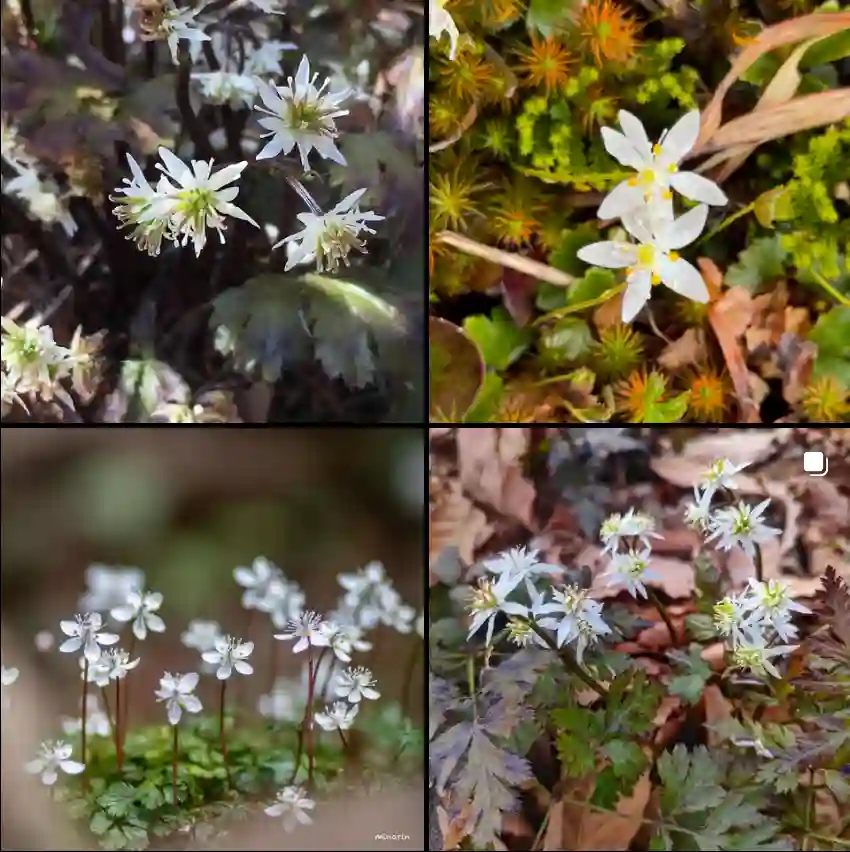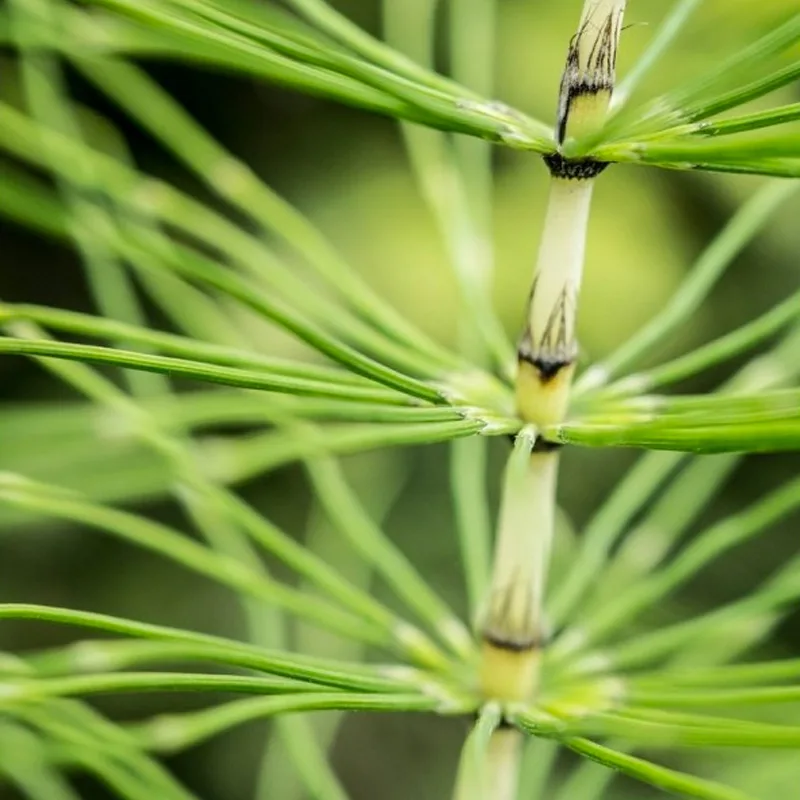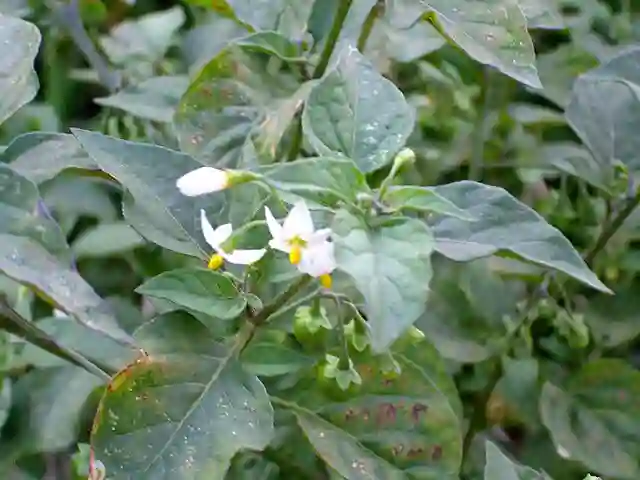
As an avid gardener and nature enthusiast, I’ve always been fascinated by the wide variety of wild roses, and one of my personal favorites is Rosa Woodsii. Known for its resilience and natural beauty, Rosa Woodsii, or Woods’ rose, is native to North America. Over time, I’ve learned a great deal about this beautiful plant, and I’ve often encountered some common questions from fellow gardeners. Below, I’ll cover some of the most frequently asked questions about growing and caring for Rosa Woodsii.
391 Species in Genus Rosa
What is Rosa Woodsii?
Rosa Woodsii, commonly known as Woods’ rose, is a deciduous shrub that belongs to the Rosaceae family. It’s native to various parts of North America, especially in the western United States and Canada. The plant is well-known for its stunning pink to light purple flowers, which bloom from late spring through early summer. Rosa Woodsii typically grows between 3 to 6 feet tall, with arching stems covered in small thorns and green, serrated leaves.
How to Grow Rosa Woodsii?
Growing Rosa Woodsii isn’t difficult, but there are some key things to know if you want your shrub to thrive. This rose is hardy in USDA zones 3 through 8, making it adaptable to a wide range of climates.
- Light and Location: Rosa Woodsii thrives in full sun but can tolerate partial shade. Choose a location where the plant will receive at least 6 hours of direct sunlight each day.
- Soil: Well-draining soil is essential for this plant. It prefers slightly acidic to neutral pH levels but can tolerate a variety of soil types, including sandy, loamy, and even clay soils, as long as they drain well.
- Watering: Although Rosa Woodsii is drought-tolerant once established, it’s important to water it regularly during its first growing season. After that, natural rainfall should suffice in most regions, though supplemental watering might be necessary during dry spells.
- Pruning: Minimal pruning is required. I recommend removing dead or damaged canes in early spring to encourage healthy growth.
Is Rosa Woodsii Invasive?
One question that often comes up is whether Rosa Woodsii is invasive. In my experience, while Rosa Woodsii does spread via suckers, it’s not considered highly invasive. However, it can form dense thickets if left unchecked, especially in areas where the soil is moist and fertile. To manage its growth, I suggest pruning and removing suckers regularly. That said, it’s a great choice for natural landscaping or erosion control, where you want dense growth.
Rosa Woodsii vs. Rosa Canina: What’s the Difference?
Many people confuse Rosa Woodsii with Rosa Canina, or Dog rose, another wild rose species. While both are part of the Rosaceae family and share some similarities, there are notable differences:
- Native Range: Rosa Woodsii is native to North America, while Rosa Canina is native to Europe, northwest Africa, and western Asia.
- Appearance: Rosa Woodsii tends to have pink to light purple flowers, whereas Rosa Canina usually has pale pink or white blooms.
- Growth Habit: Rosa Canina can grow taller, reaching up to 10 feet, while Rosa Woodsii typically stays between 3 to 6 feet tall. Also, Rosa Canina is known for its long, arching stems and larger thorns.
Both species are beautiful and serve similar purposes in the landscape, such as attracting wildlife, but their differences are important to consider depending on your region and garden needs.
How to Care for Rosa Woodsii?
Taking care of Rosa Woodsii is relatively simple. It’s a low-maintenance plant once established, but here are some tips that can help:
- Fertilizing: Woods’ rose generally doesn’t require much fertilizer. A light application of a balanced fertilizer in the early spring should be enough to boost its growth.
- Mulching: Applying mulch around the base of the plant helps conserve moisture and suppress weeds. Organic mulch like wood chips or bark works well.
- Pest and Disease Control: Rosa Woodsii is fairly resistant to most pests and diseases, but you should watch out for common rose problems like aphids, powdery mildew, and black spot. Regular inspection and prompt action can keep these issues under control.
How to Propagate Rosa Woodsii?
Rosa Woodsii can be propagated through seeds, cuttings, or division. In my experience, the easiest method is by taking hardwood cuttings in late fall or early winter. Simply cut a healthy stem about 6 inches long, remove the lower leaves, and plant it in a well-draining soil mix. Keep the cutting moist, and with some patience, it should root within a few weeks.
Can You Grow Rosa Woodsii Indoors?
While Rosa Woodsii is best suited for outdoor growing, it’s not impossible to grow it indoors. However, because it can get quite large and prefers full sun, it would be challenging to provide the right conditions indoors unless you have a large, sunny space like a greenhouse or sunroom. The plant’s natural growth habit makes it much more suitable for gardens, hedges, or naturalized landscapes.
Is Rosa Woodsii Toxic?
Thankfully, Rosa Woodsii is not toxic to humans or pets. In fact, its rose hips (the small, berry-like fruit) are rich in vitamin C and are sometimes used in herbal teas and remedies. However, be mindful of the thorns, which can cause scratches or irritation if handled carelessly.
Benefits of Rosa Woodsii
One of the reasons I love Rosa Woodsii is its versatility and ecological benefits. The plant provides food and shelter for various wildlife, including birds, bees, and butterflies. The rose hips are especially valuable for birds during the winter months. Additionally, this rose is great for preventing soil erosion, thanks to its suckering habit and dense root system.
Common Problems with Rosa Woodsii
While Rosa Woodsii is generally hardy, it can encounter a few common issues. The most frequent problems include:
- Overwatering: This plant doesn’t like waterlogged soil, so make sure the soil is well-draining to avoid root rot.
- Pest Infestations: Aphids and spider mites are the most common pests, but they can be easily managed with natural remedies like insecticidal soap or neem oil.
What to Plant with Rosa Woodsii?
Rosa Woodsii pairs well with native grasses, wildflowers, and other drought-tolerant plants. I’ve found it looks particularly striking next to perennials like Echinacea, Yarrow, or even ornamental grasses like Blue Grama.
In conclusion, Rosa Woodsii is a wonderful addition to any garden, especially if you’re looking for a low-maintenance, wildlife-friendly shrub. Whether you’re growing it for its beauty, its environmental benefits, or its resilience, this plant is a true gem!
If i die, water my plants!



